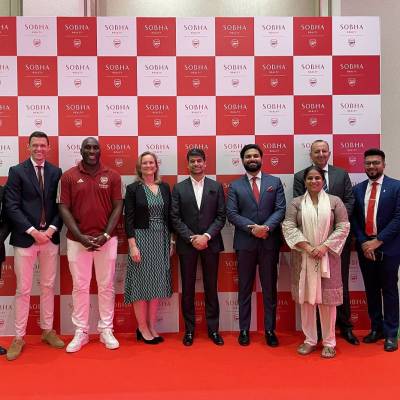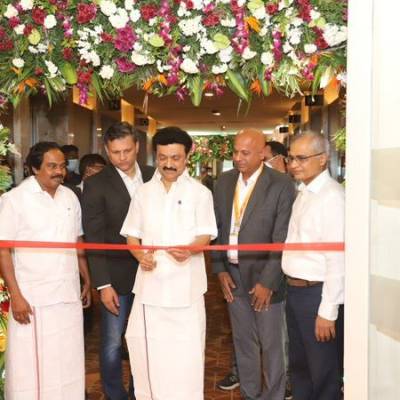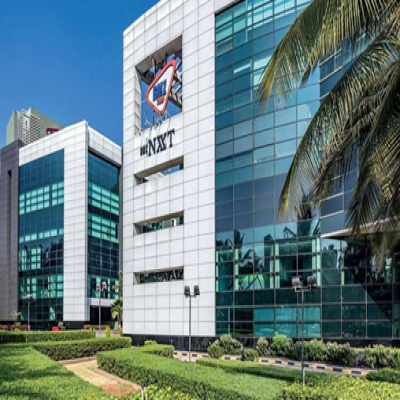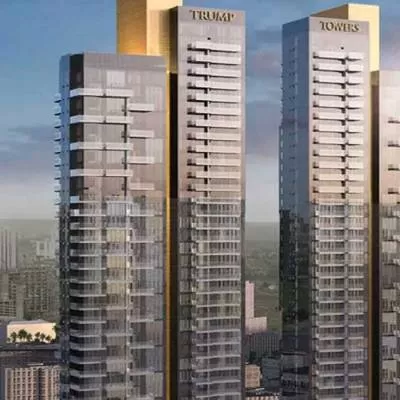- Home
- Real Estate
- Top five initiatives that malls are adopting to create higher sales conversions
Top five initiatives that malls are adopting to create higher sales conversions
Innovative utilisation of available retail spaces: Malls are experimenting with a mix of brands with a higher recall value in well performing segments as part of re-zoning and re-sizing retail spaces inside the malls. Fashion apparels and electronics are two retail segments which can be seen replacing traditional department store anchor tenants. Malls including Inorbit Mall (Hyderabad) have reduced the hypermarket area on lower ground floor by half and created an atrium and leased out retail space to brands such as Being Human, Ritu Kumar, Starbucks and Vero Moda. Malls such as Select Citywalk in Delhi-NCR keep a close watch on performance of different brands and are re-sizing spaces occupied by them depending on sales activity, availability and demand for brands with a higher revenue potential.
Creating differential advantage through Food and Beverages (F&B) and entertainment zones: F&B has emerged as a lucrative category to keep the mall bustling. With an intent to leverage on the higher revenues generated by this segment, malls are leasing out prime ground floor spaces to bring new F&B brands within their fold. Malls are creating more spaces, both indoor and outdoor to create mini entertainment zones to offer a blend of retail, entertainment, sports and dining to enhance visibility.
Leveraging technology: To keep up with the competition from e-Commerce, offline retailers are using technological advancements and upgrades to offer customers a convenient experience. Mobile applications and kiosks inside malls, which provide interactive maps and live streaming are all add-ons that the Indian mall players are using to take the “malling” experience a notch higher.
Community-based events: Malls have started leveraging community-based social events such as food festivals, exclusive sales previews, car promotions, indoor games, carnivals, complimentary movie tickets and meals for lucky draw participants as a means to connect with customers. Some leading malls have been regularly blending food festivals for international cuisines along with regional local cuisines to offer something new and exciting to people. To provide a diversified shopping experience, some malls have started organizing flea markets on a regular basis, along with special flea markets during festive periods to bring in the local and ethnic products such as ethnic apparel, footwear, bags, organic groceries etc. inside their premises.
Additional parking spaces on weekends: Availability of adequate parking spaces is a challenge for both customers and mall owners in India. To combat this perennial issue, some mall owners have started arranging for additional lands to create more parking spaces which includes common areas, nearby parks, neighboring office complexes etc. “The retail market has started showing signs of maturity with developers creating the right retailing environment for brands. Mall owners are taking interest in creating value for all stake holders through various means. They are now focusing on positioning malls as complete entertainment centres to increase their footfalls,” says Sanjay Dutt, Managing Director, India, Cushman & Wakefield.
The report further assesses the spiraling growth of the e-Commerce sector in India. The market has witnessed E-Commerce sector emerging as a key office occupier, particularly in the Delhi-NCR region and Bengaluru since last year.
Cushman & Wakefield believes that going forward, the retail market would witness retail companies adopting the hybrid model as they integrate online and offline channels of retailing. Since last year, the market is witnessing few online retailers setting up brick-and-mortar stores and kiosks, while various brick-and-mortar retailers have been seen to partner with online retailers for further penetration into markets and capture newer customers.
Global real estate consultant Cushman & Wakefield in its latest report examines the various strategies and initiatives that malls across India are adopting to enhance their appeal, as the Indian retail landscape gets more competitive with e-commerce companies offering convenience and attractive deals. In a report ‘Retail Renaissance’ Expanding horizons of Indian Retail Industry, released during India Retail Forum 2015, held in Mumbai, Cushman & Wakefield examines top five initiatives that malls are adopting to increase footfalls and create higher sales conversions: Innovative utilisation of available retail spaces: Malls are experimenting with a mix of brands with a higher recall value in well performing segments as part of re-zoning and re-sizing retail spaces inside the malls. Fashion apparels and electronics are two retail segments which can be seen replacing traditional department store anchor tenants. Malls including Inorbit Mall (Hyderabad) have reduced the hypermarket area on lower ground floor by half and created an atrium and leased out retail space to brands such as Being Human, Ritu Kumar, Starbucks and Vero Moda. Malls such as Select Citywalk in Delhi-NCR keep a close watch on performance of different brands and are re-sizing spaces occupied by them depending on sales activity, availability and demand for brands with a higher revenue potential. Creating differential advantage through Food and Beverages (F&B) and entertainment zones: F&B has emerged as a lucrative category to keep the mall bustling. With an intent to leverage on the higher revenues generated by this segment, malls are leasing out prime ground floor spaces to bring new F&B brands within their fold. Malls are creating more spaces, both indoor and outdoor to create mini entertainment zones to offer a blend of retail, entertainment, sports and dining to enhance visibility. Leveraging technology: To keep up with the competition from e-Commerce, offline retailers are using technological advancements and upgrades to offer customers a convenient experience. Mobile applications and kiosks inside malls, which provide interactive maps and live streaming are all add-ons that the Indian mall players are using to take the “malling” experience a notch higher. Community-based events: Malls have started leveraging community-based social events such as food festivals, exclusive sales previews, car promotions, indoor games, carnivals, complimentary movie tickets and meals for lucky draw participants as a means to connect with customers. Some leading malls have been regularly blending food festivals for international cuisines along with regional local cuisines to offer something new and exciting to people. To provide a diversified shopping experience, some malls have started organizing flea markets on a regular basis, along with special flea markets during festive periods to bring in the local and ethnic products such as ethnic apparel, footwear, bags, organic groceries etc. inside their premises. Additional parking spaces on weekends: Availability of adequate parking spaces is a challenge for both customers and mall owners in India. To combat this perennial issue, some mall owners have started arranging for additional lands to create more parking spaces which includes common areas, nearby parks, neighboring office complexes etc. “The retail market has started showing signs of maturity with developers creating the right retailing environment for brands. Mall owners are taking interest in creating value for all stake holders through various means. They are now focusing on positioning malls as complete entertainment centres to increase their footfalls,” says Sanjay Dutt, Managing Director, India, Cushman & Wakefield. The report further assesses the spiraling growth of the e-Commerce sector in India. The market has witnessed E-Commerce sector emerging as a key office occupier, particularly in the Delhi-NCR region and Bengaluru since last year. Cushman & Wakefield believes that going forward, the retail market would witness retail companies adopting the hybrid model as they integrate online and offline channels of retailing. Since last year, the market is witnessing few online retailers setting up brick-and-mortar stores and kiosks, while various brick-and-mortar retailers have been seen to partner with online retailers for further penetration into markets and capture newer customers.






















